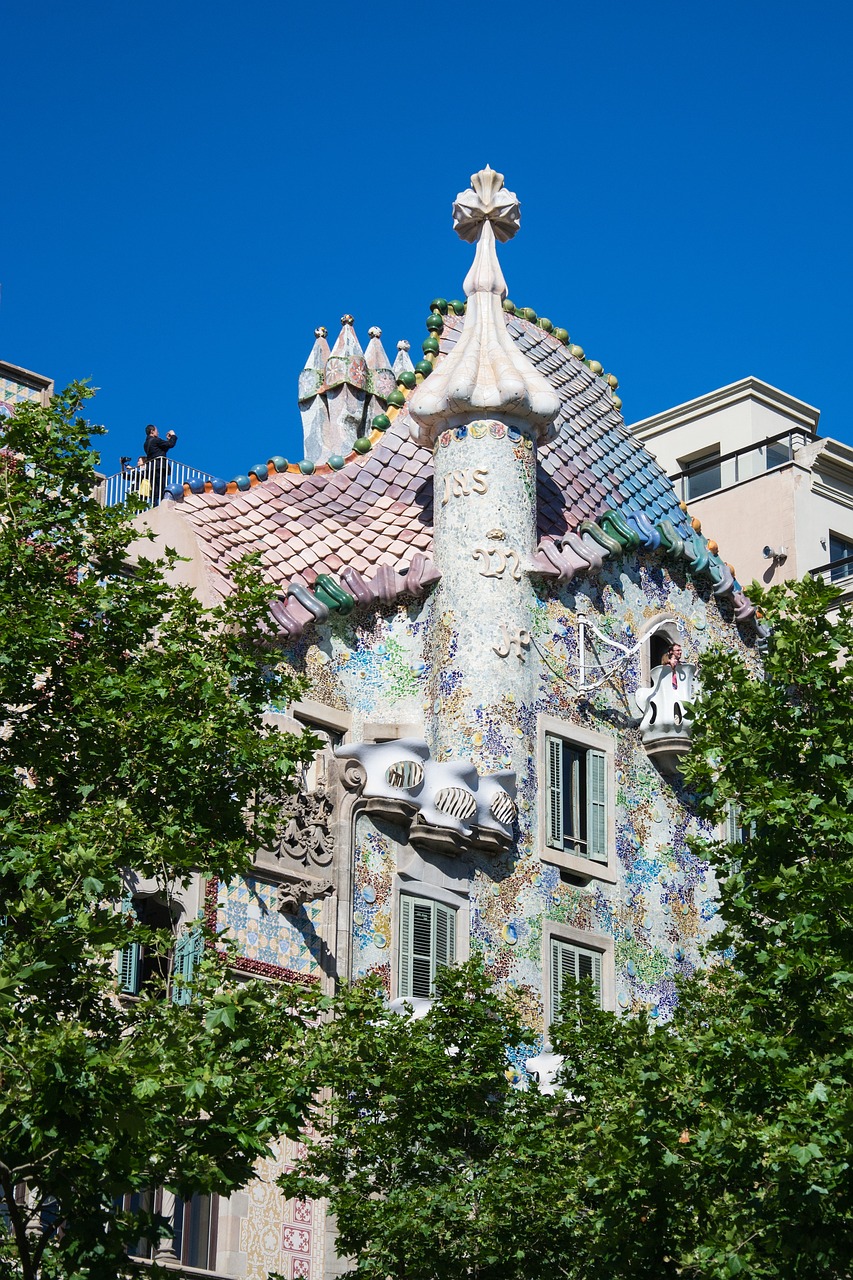Antoni Gaudí, the famous Catalan architect, left an indelible mark on the world of architecture. His unique and visionary creations have become iconic symbols of Catalonia, Spain, and the world. Gaudí’s journey from humble beginnings to becoming one of the most celebrated architects in history is a testament to his exceptional talent, dedication, and innovation.
Born on June 25, 1852, in the small town of Reus, Catalonia, Spain, he came from a modest background, with his father working as a coppersmith and his mother as a homemaker. Despite his humble origins, young Gaudí displayed a keen interest in architecture and design from an early age.

In 1869, Gaudí moved to Barcelona to study architecture at the Royal Higher School of Architecture of Barcelona, known as the Escola Tècnica Superior d’Arquitectura. His educational journey would prove to be instrumental in shaping his distinctive style, as he was heavily influenced by the city’s unique blend of Gothic, Modernist, and Art Nouveau architecture.
After completing his studies in 1878, Gaudí ventured into the architectural world, working on various projects that demonstrated his early talent and creativity. His work drew inspiration from nature, religion, and Catalan culture, setting him apart from his contemporaries.
One of his early commissions, the Casa Vicens, showcased his evolving design language, incorporating Moorish and Gothic elements. This project marked the beginning of Gaudí’s association with Catalan industrialist Eusebi Güell, a collaboration that would profoundly influence his career.
Eusebi Güell played a pivotal role in Gaudí’s ascent to architectural stardom. He commissioned Gaudí to work on several projects, including the Palau Güell and Park Güell, both of which exemplify Gaudí’s unique style characterized by the innovative use of organic shapes, mosaics, and the integration of natural elements.

However, it was Güell’s commission of the Sagrada Família, a basilica that would become Gaudí’s magnum opus, that truly solidified his reputation as an architectural genius. This ambitious project, which began in 1882, was Gaudí’s lifelong work and remains unfinished to this day. It combines Gothic and Art Nouveau styles with unparalleled creativity, exemplifying Gaudí’s commitment to pushing the boundaries of architecture.
Gaudí’s success extended beyond his partnership with Güell. His innovative designs and visionary approach began to garner international attention. His unique architectural language, characterized by the extensive use of colorful mosaics, intricate wrought ironwork, and an emphasis on organic forms, became synonymous with Catalan Modernism.
In 1900, Gaudí received the opportunity to design Casa Batlló, a residential building in Barcelona that further showcased his genius. The structure’s undulating façade, whimsical balconies, and imaginative interiors left an enduring impression on visitors and critics alike.
Antoni Gaudí’s influence on Spanish and global architecture cannot be overstated. His visionary creations, including the Sagrada Família, Casa Batlló, Casa Milà, and Park Güell, have been recognized as UNESCO World Heritage Sites. Gaudí’s work transcends architectural boundaries and is celebrated for its innovative use of materials and its incorporation of natural elements.
Tragically, Gaudí’s life was cut short when he was struck by a tram in Barcelona in 1926. He died three days later, leaving the Sagrada Família unfinished. However, his work and vision continue to inspire architects and artists worldwide. The basilica’s construction continues, guided by Gaudí’s original plans and designs, serving as a lasting testament to his genius.
Antoni Gaudí’s journey from a humble background to becoming one of Spain’s most celebrated architects is a story of passion, creativity, and unwavering dedication to his craft. His distinctive architectural style, influenced by nature and Catalan culture, has left an indelible mark on Spain and the world. Gaudí’s legacy endures through his timeless creations, which continue to captivate and inspire generations of architects and admirers.



